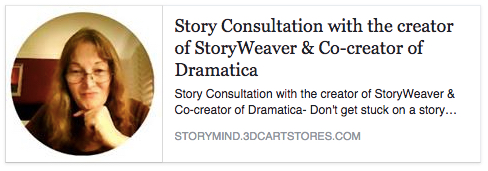 Perhaps the best way to instill real feelings in a character is to stand in his or her shoes and write from the character’s point of view. Unfortunately, this method also holds the greatest danger of undermining the meaning of a story.
Perhaps the best way to instill real feelings in a character is to stand in his or her shoes and write from the character’s point of view. Unfortunately, this method also holds the greatest danger of undermining the meaning of a story.
As an example, suppose we have two characters, Joe and Tom, who are business competitors. Joe hates Tom and Tom hates Joe. We sit down to write an argument between them. First, we stand in Joe’s shoes and speak vehemently of Tom’s transgressions. Then, we stand in Tom’s shoes and pontificate on Joe’s aggressions. By adopting the character point of view, we have constructed an exchange of honest and powerful emotions. We have also undermined the meaning of our story because Joe and Tom have come across as being virtually the same.
A story might have a Protagonist and an Antagonist, but between Joe and Tom, who is who? Each sees himself as the Protagonist and the other as the Antagonist. If we simply write the argument from each point of view, the audience has no idea which is REALLY which.
The opposite problem occurs if you stand back from your characters and assign roles as Protagonist and Antagonist without considering the characters’ points of view. In such a case, the character clearly establish the story’s meaning, but they seem to be “walking through” the story, hitting the marks, and never really expressing themselves as actual human beings.
The solution, of course, is to explore both approaches. You need to know what role each character is to play in the story’s overall meaning – the big picture. But, you also must stand in their shoes and write with passion to make them human.


